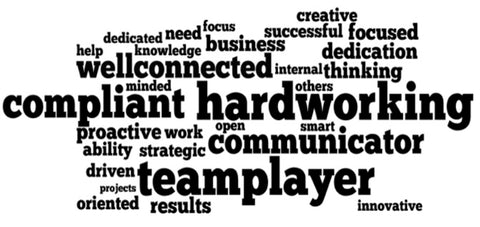How Smart CEOs Use Employee Engagement Surveys
This article originally appeared on Forbes by Mark Murphy, Founder of Leadership IQ
CEOs don’t get many chances to hear the unfiltered voices of their employees. So when you’re conducting your next employee engagement survey, don’t let that opportunity slip by.
Some employee engagement surveys limit themselves to questions about whether employees have a friend at work or like their job. But none of those issues matter if employees don’t understand or believe in the organization’s strategy. Or if the CEO encourages bold thinking but the middle managers suppress bold ideas. These are the kind of hard-hitting issues that a smart CEO will insert into their employee engagement survey.
Let me give a real-life example. Recently I worked with a tech company that had ascended due to bold innovative thinking. But the CEO was concerned that, with rapid growth, they were losing their boldness and innovativeness. So I added 2 questions to their employee engagement survey…
- Bold innovative thinking is critical to ABC’s success.
- Bold innovative thinking is rewarded in ABC.
When we got the data back, the CEO’s fears were confirmed. Here’s the chart for those 2 questions…

The survey questions were asked on a 7-point scale, ranging from Always to Never. If you want to dig deeper into the technical aspects of constructing a survey (like why 7-point scales are statistically better), take the free quiz How Good Is Your Employee Engagement Survey?
The first thing you should notice is the huge gap between “bold innovative thinking is required” and “bold innovative thinking is rewarded.” Getting a 6 on a 7-point scale is pretty good, so the CEO’s message about the need for innovation was reaching most of the employees. But the employees didn’t feel as though their boldness and innovation was being rewarded. And the 1.3-point gap between those two scores is absolutely huge on an employee engagement survey.
Now, what’s the cause of this breakdown? To discover this, we ran a heatmap analysis that showed the scores for these questions broken-out by various managers. Here’s a simplified and sanitized version:

You can see that while Manager F seems to be doing a pretty good job (at least relatively), Managers A and D are experiencing large gaps between innovative thinking between critical and it being rewarded.
This kind of analysis shouldn’t be used as some kind of witch-hunt; it’s not about finding dissenters and punishing them, rather it’s about identifying root causes and solving them. In one short conversation it became clear that Manager A had received marching orders that were at odds with the concept of bold innovative thinking. And that conflict was easily resolved. By contrast, Manager D (a former programmer) was in over their head and just didn’t want to be a manager. So the CEO put them back into a programmer role where they thrived.
Often CEOs will find that there are some straight-forward quick fixes to issues like these. But even these quick-fixes didn’t solve all the problems.
We had added another question (an open-ended question) to the end of their survey. It asked “What are the characteristics of employees who have successful careers here?” And here the analysis revealed a more systemic problem. The following is a word cloud that shows the most commonly used words (the larger the word, the more it appeared in the employees’ responses):

Now, in a culture driven by bold innovative thinking, I would be fine with seeing words like hardworking and even teamplayer (especially if their concept of bold innovative thinking involved lots of teamwork). But the two words that I found most troubling (as did the CEO) were “compliant” and “well-connected.”
Bold innovators are lots of things, but compliant and well-connected are usually not atop the list of their strengths. Steve Jobs, Bill Gates and Mark Zuckerberg developed reputations for many extraordinary qualities, but “compliance” wasn’t one of them. Many times, people whose ideas don’t fit the mold also have personalities that don’t fit the mold. And that can make them more challenging to lead, manage and even like. Creative types can make up for their challenging personalities by delivering amazing results and breakthrough ideas. But in far too many companies they receive poor performance reviews, disciplinary action or trips to the boss’ office.
Let us help you with your next Employee Engagement Survey
Click HERE for more information
What this one simple survey question revealed was a deeper cultural problem, especially in terms of which employees were selected, developed and promoted. It’s fixable, of course, but in their case it required rewriting their performance reviews and interview questions, and training their managers how to better handle bold innovative employees.
I’m showing you all these analyses for one simple reason: Employee engagement surveys aren’t just for making employees feel good, they’re also for ensuring the success of your business. CEOs don’t get many opportunities to hear from every employee, nor do they get many opportunities to test the efficacy of their strategic initiatives. Not every CEO wants bold innovative thinking. But whatever your strategy, an employee engagement survey gives CEOs a rare opportunity to test whether their strategy has permeated every nook-and-cranny of the organization. And that can be a career-saving move for many CEOs.
Mark Murphy is author of the NY Times bestseller Hundred Percenters, and conducts employee engagement surveys as CEO of Leadership IQ.







